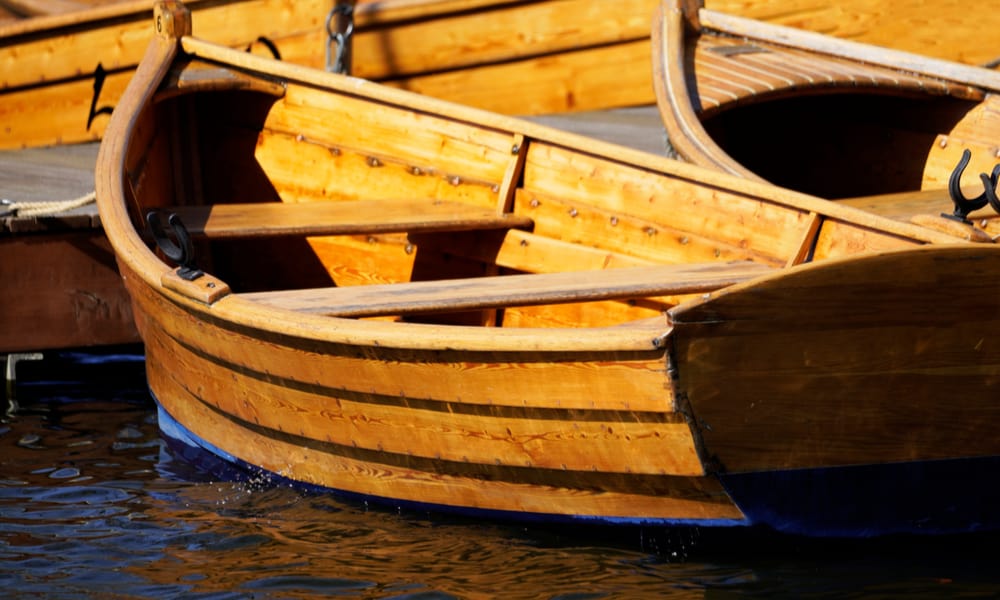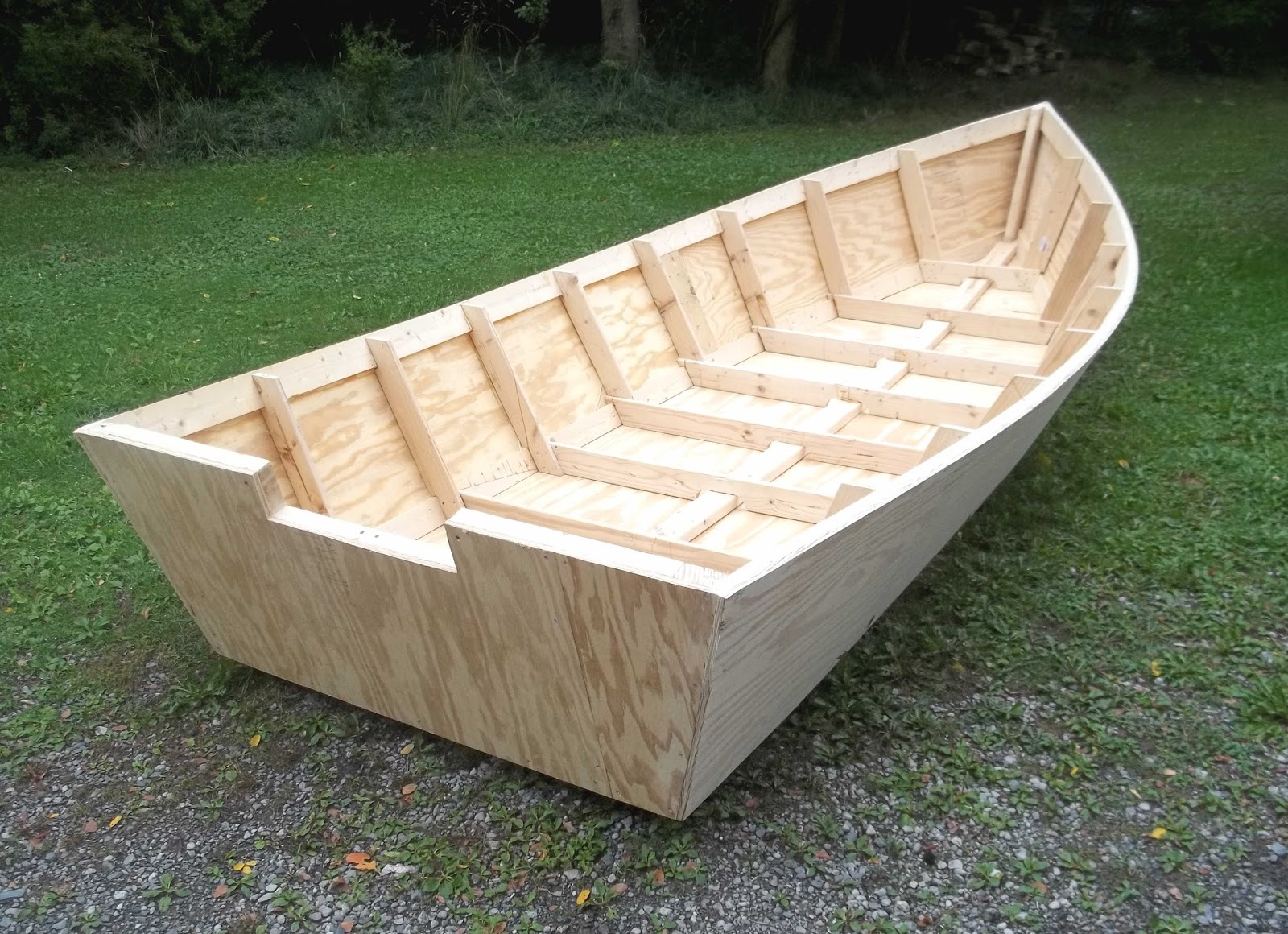
Beyond the Planks: Unveiling Hidden Gems in Wooden Boat Building
Wooden boat building, a craft steeped in tradition, often feels like navigating a sea of established practices. But what if we charted a course beyond the well-worn maps? This review of "Wooden Boat Builder’s Guide to Selecting Materials and Tools" doesn't just summarize its contents; it dives deeper, exploring the less-discussed aspects and proposing innovative approaches for both seasoned craftsmen and enthusiastic novices.
The Unsung Heroes: Exploring Material Alternatives
The guide rightly emphasizes traditional woods like oak and cedar. But what about the exciting possibilities beyond the familiar? This is where the book could benefit from a more expansive exploration of sustainable and less-common options.
Q&A: Beyond Oak and Cedar â€" Sustainable Choices for the Modern Boat Builder
Q: Are there sustainable wood alternatives suitable for boat building that offer comparable performance?
A: Absolutely! Rapidly renewable species like Paulownia, known for its lightweight strength and rot resistance, are gaining traction. Bamboo, with its exceptional tensile strength, also offers a compelling eco-friendly option, though its structural application requires specialized techniques (detailed information, unfortunately, is lacking in many standard guides, including this one). Furthermore, research into composite materials incorporating recycled wood fibers is ongoing and holds promising potential for the future. This is a subject ripe for further investigation by both builders and material scientists.
Q: How can we minimize the environmental impact of using traditional hardwoods?
A: Sourcing sustainably harvested lumber is paramount. Look for certifications like the Forest Stewardship Council (FSC) label, which ensures responsible forestry practices. Additionally, exploring opportunities for using reclaimed wood reduces the demand on virgin forests. Think repurposed railway sleepers, old barn beams â€" each piece tells a story and contributes to a more sustainable build.
Tooling Up for the Future: Smart Technology and Traditional Craftsmanship
The guide provides a solid overview of essential hand tools. However, the integration of modern technology deserves a more prominent place. This isn't about replacing the time-honored techniques; it's about augmenting them.
Case Study: Digital Design and Precision in Boat Building
Imagine a scenario: A seasoned boat builder, known for his impeccable craftsmanship, struggles with complex hull curves. Traditional methods are time-consuming and prone to error. This is where Computer-Aided Design (CAD) software shines. By creating a precise digital model, the builder can generate accurate cutting templates, minimizing waste and maximizing precision. 3D printing can further enhance this process by creating jigs and fixtures, boosting efficiency and reducing the reliance on time-consuming hand-shaping. This symbiotic relationship between technology and traditional skills is rarely discussed in depth in similar guides, yet it represents a significant opportunity to elevate boat building to new heights.
Beyond the Guide: A Call for Continuous Learning
"Wooden Boat Builder’s Guide to Selecting Materials and Tools" serves as a valuable introduction, but the true journey of a boat builder is a lifelong pursuit of knowledge. The guide could benefit from a more comprehensive section on resources for continued learning â€" online forums, workshops, apprenticeships, and relevant academic programs. This would empower builders to stay abreast of advancements and further refine their skills.
Key takeaway: While this guide offers a reliable foundation, the future of wooden boat building lies in embracing sustainable materials, integrating smart technologies, and fostering a culture of continuous learning. By moving beyond traditional perspectives and incorporating innovative approaches, we can build not only beautiful boats but also a more sustainable and technologically advanced craft.






